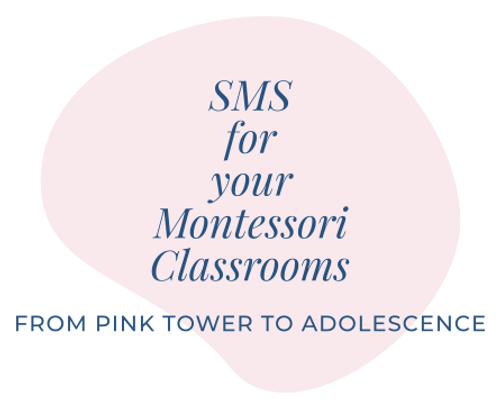Why Strong Secondary Montessori Programs Matter
- Anne Slamkowski
- Apr 15
- 2 min read
Updated: May 1

Montessori education is often celebrated for its powerful beginnings: multi-age classrooms, hands-on materials, and the joyful independence of the early years. But what happens when those students grow up?
Too often, Montessori education stops short—right when adolescents need it most.
The Adolescent Years: A Crucial Plane of Development
Dr. Maria Montessori saw adolescence as its own sensitive period—a stage of life marked by transformation, identity formation, and an emerging sense of justice and purpose. She believed that education during this time should be rooted in real work, community, and meaningful contribution.
In her words:
“The adolescent must never be treated as a child, for that is a stage of life that he has surpassed.”— From Childhood to Adolescence (1948)
Montessori’s answer to this developmental phase was Erdkinder—a model of education that blends academic study with purposeful work, independence with interdependence, and personal growth with civic responsibility.
And yet, in the United States and beyond, too few students have access to robust Montessori adolescent programs.
Why We Need Strong Secondary Programs—Everywhere
Whether in public or private settings, strong Montessori secondary programs matter. Here’s why:
1. Adolescents Are Hungry for Relevance
They want to know: Why does this matter? How does it connect to the world I live in?
Montessori secondary classrooms answer that call by integrating disciplines, encouraging independent projects, and connecting schoolwork to real-life challenges. When students see the relevance, engagement follows.
2. Social-Emotional Development Demands Structure and Trust
Adolescents don’t just need academic rigor—they need guides who listen, communities that hold space for conflict and repair, and opportunities to lead and contribute.
Montessori’s emphasis on freedom with responsibility, shared governance, and restorative practices builds emotional intelligence alongside intellect.
3. The World Needs Thinkers, Makers, and Problem-Solvers
As we move into a rapidly changing, AI-driven future, students will need more than memorization and test scores. They’ll need:
Critical thinking
Ethical reasoning
Digital literacy
Compassionate leadership
Montessori secondary programs develop these qualities not through lectures, but through lived experience.
Why Public and Private Schools Should Both Invest
In private schools, Montessori secondary programs allow families to continue their child’s journey with coherence and confidence. They give students continuity, deeper learning, and an environment that honors who they are becoming.
In public settings, Montessori secondary brings equity and innovation together. It offers a developmental model that respects student voice and diversity, while addressing the need for authentic engagement, relevant curriculum, and strong community connection.
When done well, Montessori secondary in public schools becomes a model for what education can be—especially for underserved communities.
Building What’s Possible
Strong Montessori adolescent programs don’t happen by accident. They require:
Trained and supported guides
Intentional curriculum design
Vision-aligned leadership
Community education and buy-in
But when they’re done well, they change lives—not just for students, but for schools and entire communities.
As someone who has helped build and grow these programs, I’ve seen firsthand what’s possible when we give adolescents the learning environment they deserve.
They rise.




Comments